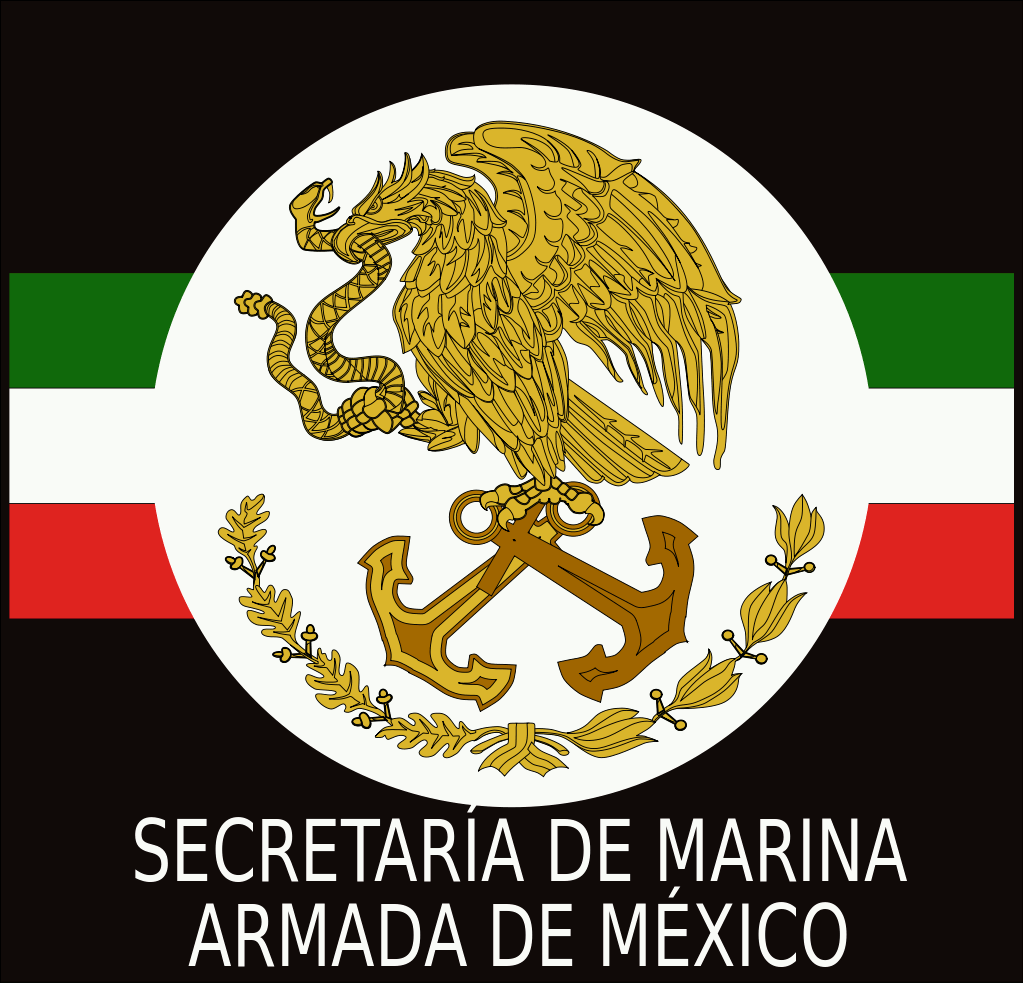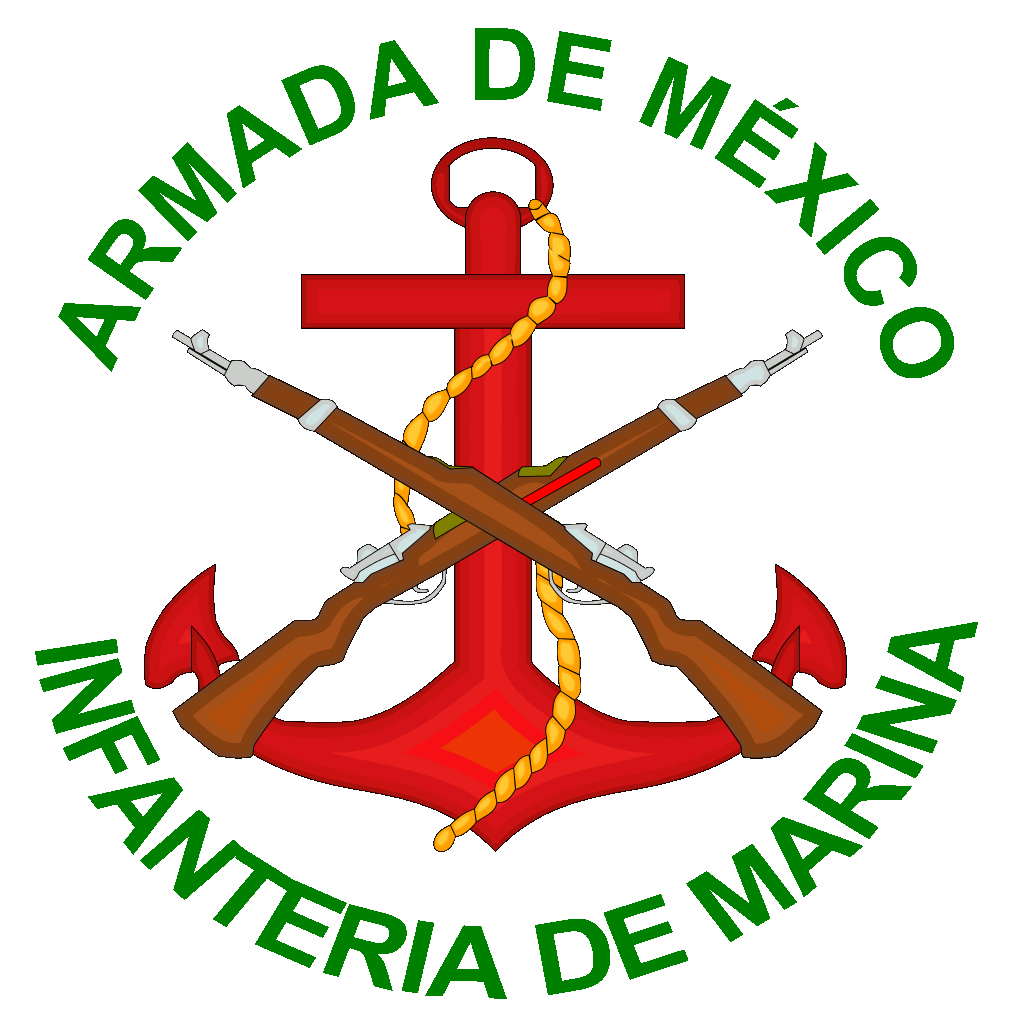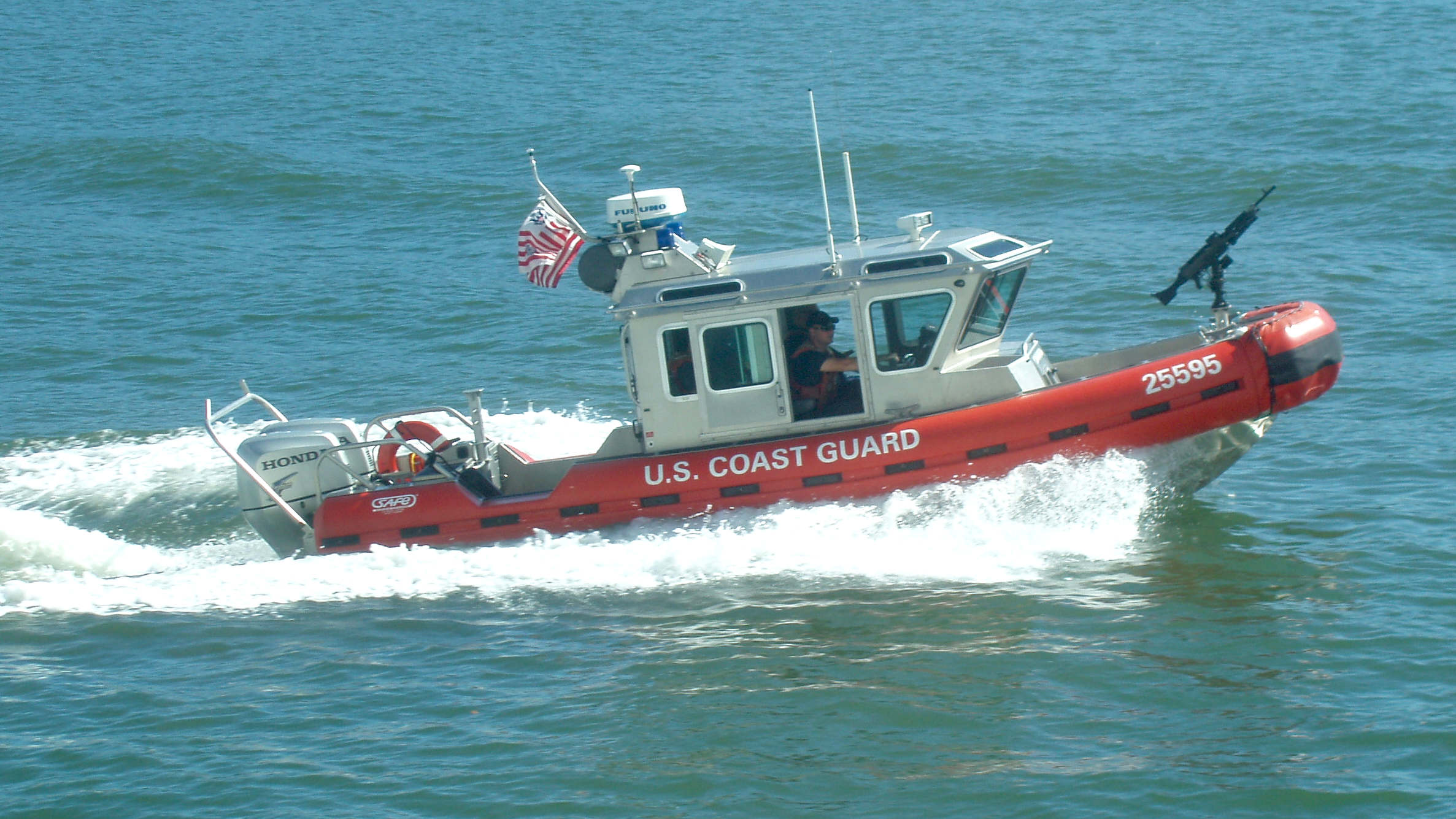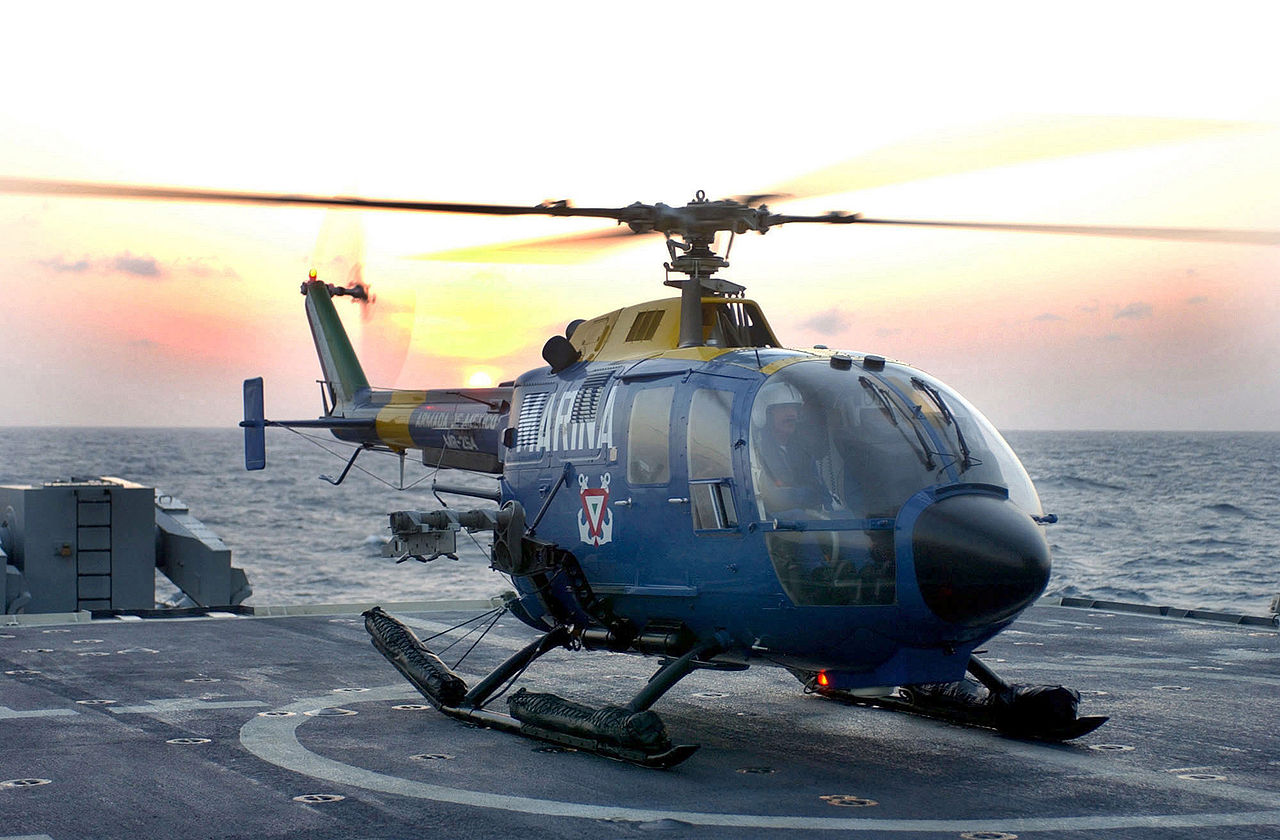....
The Mexican Navy is one of the two independent armed forces of Mexico. The actual naval forces are called the Armada de México. The Secretaría de Marina (SEMAR) (English: Naval Secretariat) includes both the Armada itself and the attached ministerial and civil service. The commander of the Navy is the Secretary of the Navy, who is both a cabinet minister and a career naval officer.
The Mexican Navy's stated mission is "to use the naval force of the federation for external defense, and to help with internal order". As of 2020, the Navy consists of about 68,200 men and women plus reserves, over 189 ships, and about 130 aircraft. The Navy attempts to maintain a constant modernization program to upgrade its response capability.
Given Mexico's large area of water (3,149,920 km2 (1,216,190 sq mi)) and extensive coastline (11,122 km (6,911 mi)), the Navy's duties are of great importance. Perhaps its most important on-going missions are the war on drugs and protecting PEMEX's oil wells in Campeche in the
Gulf of
Mexico. Another important task of the Mexican Navy is to help people in hurricane relief operations and other natural disasters.
The Mexican navy is the second largest navy in Latin America and North America, and the third largest in the Americas after the United States and Brazil.
The Mexican Navy has its origins in the creation of the Ministry of War in 1821. From that year until 1939 it existed jointly with the Mexican Army in the organic ministry. Since its declaration of independence from Spain in September 1810, through the mid decades of the 19th century, Mexico found itself in a constant state of war, mostly against Spain which had not recognized its independence. Therefore, its priority was to purchase its first fleet from the U.S. to displace the last remaining
Spanish forces from its coasts.



The President of Mexico is commander in chief of all military forces. Day-to-day control of the Navy lies with the Navy Secretary, José Rafael Ojeda Durán. In Mexico there is no joint force command structure with the army, so the Secretary reports directly to the President. The Navy has a General Headquarters and three naval forces. There are furthermore eight regions (four on the Pacific coast, three on the Mexican Gulf coast and the Región Naval Central, grouping the naval forces, based in and around the capital Mexico City, such as the 7th Naval Infantry Brigade, the Central Special Operations Group and the Air Transport Squadron), thirteen zones, and fourteen naval sectors.
The Navy is divided into three main services designated as "forces":
- Gulf and Caribbean Sea Naval Force
- Pacific Naval Force
- Naval Infantry Force
Other notable services include:
- Naval Aviation
- Search and Rescue
Officers are trained at the Mexican Naval Academy, called the "Heroica Escuela Naval Militar" ("Heroic Military Naval School"), located in Antón Lizardo, Veracruz.
INFANTRY
The Mexican Naval Infantry Corps was reorganized in 2007–2009 into 30 Naval Infantry Battalions (Batallones de Infantería de Marina – BIM), a paratroop battalion, a battalion attached to the Presidential Guard Brigade, two Fast Reaction Forces with six battalions each, and three Special Forces groups. The Naval Infantry are responsible for port security, protection of the ten-kilometer coastal fringe, and patrolling major waterways.
The Naval Infantry also is responsible for 23 National Service Training Units under the responsibility of the Navy Secretary, enforcing the National Service obligation for Mexicans of teenage and young adult age.
NAVAL AVIATION
Mexican Naval Aviation (FAN; Spanish: Fuerza AeroNaval, lit. 'Naval Air Force'), is the naval air arm of the Mexican Navy. The Mexican Navy is divided into two naval fleets:
Pacific Ocean and Gulf of Mexico.
Naval aviation in Mexico dates back from 1918, when a Mexican-made float biplane was successfully tested by Carlos Santa Ana at the Port of Veracruz, In 1926 a squadron of float-planes were designed and made for the Mexican Navy, but without personnel. Carlos Castillo Breton, became the first Naval pilot in 1927 after training in The U.S. and in Mexico. Between 1927 and 1943, some aircraft were acquired, and seven naval officers qualified as pilots, some of whom joined the Mexican Air Force.
World War II saw the creation of the Naval Aviation school in 1943 at Las Bajadas, Veracruz. These were also ex-FAM aircraft, used to patrol the Gulf of Mexico for
German
U-boat submarines, and were later used for training at the Naval Aviation School.
Years after the war, the role of Mexican Naval Aviation were assigned as supporting the ground and sea naval units in Search & Rescue, coastal patrol and assistance to the general population in case of emergencies or disasters.
1990s
In the 1990s, the Mexican navy started to acquire Russian-built aircraft and helicopters, including the Mil Mi-2, Mil Mi-8 and Antonov An-32B, also purchasing French, U.S. and German-made helicopters and the Finnish-built L-90 Redigo. In 1999 the Mexican navy started a programme to build kit-planes and light helicopters at Las Bajadas, Veracruz.
In 2001 the Mexican naval aviation reported it had 118 aircraft, of which 68 were fixed-wing in 9 squadrons, and 50 helicopters in 9 squadrons, either land-based or on board ocean patrol boats and frigates.
Later purchases were three ex-IDF/AF E-2C Hawkeyes, the first arriving in early July 2004. At the end of the same month, the first two EADS upgraded C212-200 Aviocars flew back to Mexico, with the remaining six being upgraded at BAN Las Bajadas, Mexico. Two AS565 Panther helicopters were purchased for shipborne duties, and delivered in 2005.

Defender
class rigid inflatable coastguard boat




